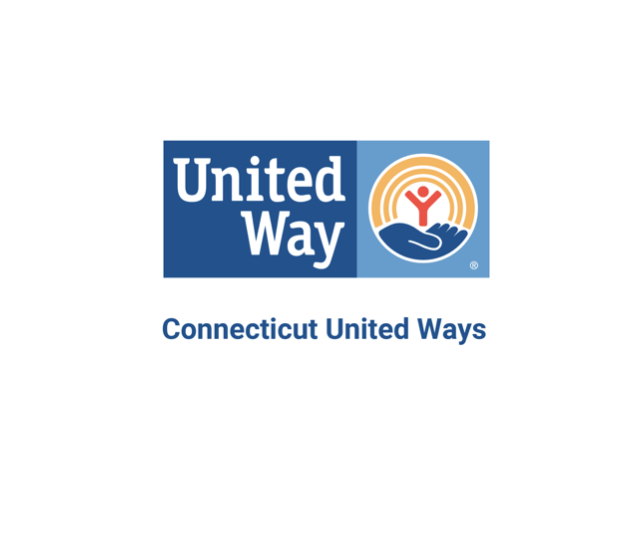
The United Way of Connecticut released today the 2023 ALICE report on what it takes to make ends meet in Connecticut, based on data that reflect the true costs of living in 2021. The report shows that 39% of Connecticut households (552,710) had income below the ALICE Threshold of Financial Survival in 2021, more than 54,000 additional households compared to 2019.
Connecticut United Way has made available reliable and realistic data on what it costs to live in Connecticut since 2014. This project is called ALICE – a study of families who are Asset-Limited, Income-Constrained, and Employed. According to the data in the 2023 report (based on 2021 data), single adults required over $33,000 to make ends meet in 2021, or a wage of at least $16.56 per hour. A two-parent family with a baby and a preschooler required $106,632, or a total household hourly wage of $53.32 (two jobs making at least $26.66 per hour). And yet 60% of the top 20 most common jobs in Connecticut still paid less than $20/hour ($40,000/year) in 2021.
The ALICE Household Survival Budget is intentionally conservative, accounting only for the cost of essentials (rent, food, transportation, utilities, childcare and similar). It does not factor in additional budget lines, like savings or debt service. The budgets reflect significant increases in the cost of living for single adults as well as for families since the last ALICE report.
Lisa Tepper Bates, President & CEO of the United Way of Connecticut said, “This report shows that many Connecticut residents who work as hard as they can at the jobs available to them simply cannot make enough to make ends meet or are falling behind. We love Connecticut, and we as the United Ways ask our partners and neighbors to join us in exploring what we can do to increase the financial stability of so many struggling Connecticut residents.”
The report also found that rates of financial hardship in Connecticut differed substantially by race and gender: 54% of Black household, 57% of Hispanic households, and 68% of female-headed households with children in Connecticut lived below the ALICE Threshold in 2021. Steven Hernandez, Executive Director for the Commission on Women, Children, Seniors, Equity & Opportunity, observed, “This report bears out in data what we already know to be true: our state has significant work to do to move the needle toward equity and opportunity for all our residents, and particularly for people of color and women.”
Hadassah Velez, a Manchester resident, and a single mom shares, “I work so hard to pay my bills and after paying them I’m left with $51.00 at the end of the month. If my car breaks down, I can’t cover the cost. The cost of living is a mental burden for me – I’m living to pay bills, not living to live. And that’s no way to live.”
The ALICE Essentials Index (unitedforalice.org/essentials-index), which measures change over time in the cost of household essentials, projects an 18.2% statewide increase in the Household Survival Budget from 2021 to 2023 (before taxes). Depending on the federal tax benefits available, the Household Survival Budget. given this inflation for 2023. could be as high as $126,000 for a family of four and $39,000 for a single adult.
The expiration of pandemic-related enhancements to federal benefits dealt a particular blow to the budget of families, increasing the strain on their resources as costs rise. In 2021, families with children were able to count on a tax credit of as much as $15,204 from the enhanced federal Child Tax Credit and Child and Dependent Care Tax Credits.
Maria Harlow, Executive Director of the United Way of Meriden and Wallingford, President of the Chief Professional Officers’ Council of the Connecticut United Ways, said: “Our local United Ways are proud of the work we do in our communities to support those who need our help. This report shows, however, that inequity continues to grow, and community-driven nonprofits and private funders cannot reverse this trend alone. It will take all of us working together.”
CT United Way generated the report in partnership with the national ALICE project through a rigorous methodology ( www.unitedforalice.org/methodology ) that uses data from federal and state government and from trusted independent sources to create localized budgets based on true costs of living. 28 states and communities participate in the ALICE project. The 2023 ALICE report is the fifth in Connecticut since 2014. United Way of Connecticut and the state’s network of 14 local United Ways are particularly grateful for the support of the sponsor for the 2022-2023 Connecticut ALICE work, national ALICE Advisory Board member Liberty Bank.
Find ALICE household budgets, interactive maps and additional tools at alice.ctunitedway.org.